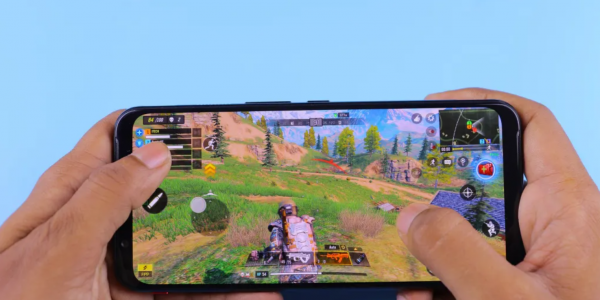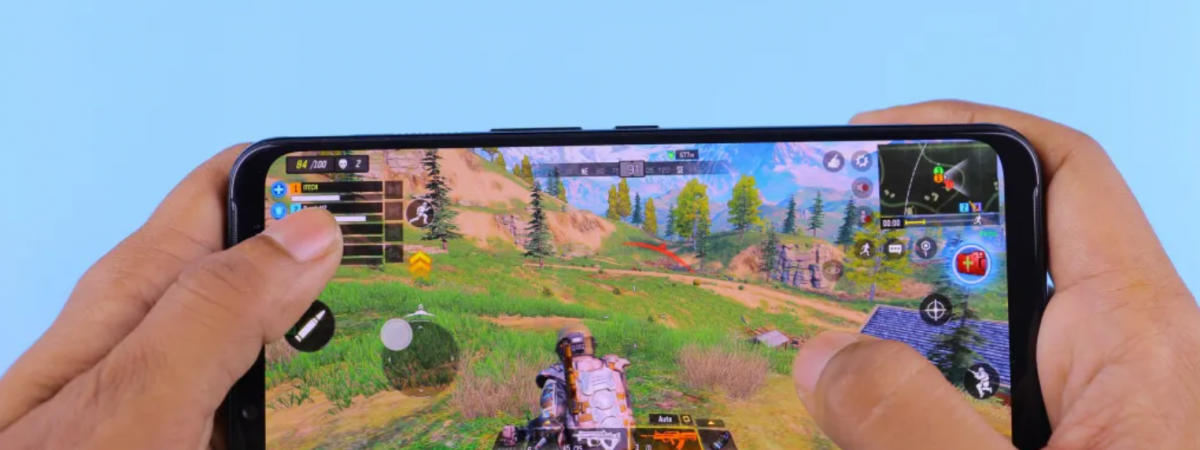Mobile gaming has become a massive source of fun worldwide, drawing huge numbers of players and pushing revenue to record levels. Statista reports that revenue could hit US$126.10 billion globally in 2025, with user penetration at 26.6%. That jump shows how phone or tablet play is more than a fad.
The US alone is expected to net around US$36,640.00 million in 2025, and the average revenue per user may reach about US$60.58. These figures confirm how far phone-based releases have come and how mobile games have been transforming everyday devices into entertainment hubs. Let’s delve into all this a little more.
The Leading Frontier Across All Gaming Sectors
It’s amazing how people now connect through quick matches of puzzle titles or full-blown adventures, with some even diving into betting for extra thrills. Some mobile gamers even enjoy the buzz of real-money wagers. Popular sites like Klikkikasino.com leverage these to combine fast access to gambling games with great potential for winnings. As they also provide fast payments, crypto betting, and other modern trends like generous bonuses, sites like it have become the new standard and mobile gaming is leading these trends.
While that’s not everyone’s cup of tea, it shows how broad and fun mobile gaming can be. One person might chase top scores in an arcade app, while someone else goes for odds-based challenges to aim for bigger payouts. Both styles fall under the same convenient umbrella that new phone releases deliver every day.
Convenience and Accessibility
Convenience sits at the heart of mobile gaming’s popularity. A phone fits in a pocket, making it simple to boot up a title any time of day. There’s no need for fancy hardware or large upfront costs, and modern devices handle high-quality visuals without blinking.
Some folks spend only a few minutes on a casual match, while others settle in for extended sessions of strategy or simulation. Either way, it’s all done through a gadget many of us already own. That approach to accessibility is hard for other platforms to match, drawing in curious newcomers who might have avoided traditional consoles or PCs in the past.
Free-to-Play Economy and Social Features
The free-to-play model has made a huge impact, letting people try titles at no cost. Once they’re hooked, they can decide if optional in-game items or passes are worth paying for. This setup reaches wide audiences while still bringing in profits through microtransactions or ads. It also promotes social connections.
Many games offer guilds, friend lists, or matchmaking, so users can team up or compete in real-time. Chat features let them share tips, boast about achievements, or coordinate strategies. Don’t underestimate the role of social features on an app. Rather than being a lonely pastime, gaming on phones often feels like a group activity, which keeps people coming back.
Evolving Technology and Broader Audience Appeal
Tech advancements keep raising the bar for phone-based releases. Stronger processors and sharper screens mean deeper gameplay, better graphics, and immersive sound design. Some titles layer augmented reality onto real-world views through the camera, bridging physical surroundings with virtual objects.
Improved physics and complex mechanics offer experiences that rival certain console or PC offerings, though in a smaller package. These upgrades invite both dedicated fans and casual players since it’s simpler than ever to find something that suits any preference. As more folks of different ages and backgrounds turn to phones for entertainment, the market expands and encourages new genres and ideas.
Real-Time Interaction and E-Sports Potential
Real-time interaction has grown as a major selling point, especially with stable internet connections becoming the norm. Folks can hop into live matches with friends scattered across continents, creating a sense of excitement once reserved for console or PC lobbies.
Certain mobile battle royales and sports sims now host competitive tournaments where winners can claim sizable prizes, matching the thrill usually found in well-known eSports leagues. This evolution doesn’t stop with single-genre events.
Racing titles, card duels, and strategy apps are all setting up brackets for players to show off skillful tactics on a smaller screen. Some participants even join local or online clubs to practice, share tips, and get scouted by sponsors. While mobile-game eSports still trail behind big-name PC events, the gap is shrinking every year. As more organizations see the massive reach of mobile gaming, sponsorship deals and official leagues could take shape.
What is the Future of Mobile Gaming?
MIDiA Research global games 2025–2031 forecasts that game software revenues are projected to reach $203.2 billion in 2025, with mobile gaming contributing 55% due to its vast global user base. The accessibility of smartphones, the success of the free-to-play model, and the appeal of affordable in-game purchases—supported by high-spending players—will continue to drive mobile’s dominance.
As network speeds continue to improve, real-time matches, massive tournaments, and advanced multiplayer setups become more practical. Developers are pouring resources into sleek graphics and fresh concepts that go way past basic touch controls. Upgraded 5G networks should reduce lag and help phone-based eSports find a stronger foothold. There’s a chance we’ll see major competitions where top contenders train to master their tiny screens, just like their console or PC counterparts.




